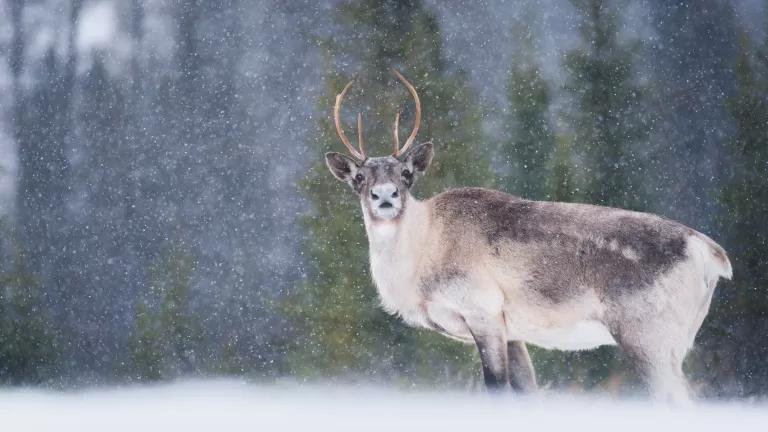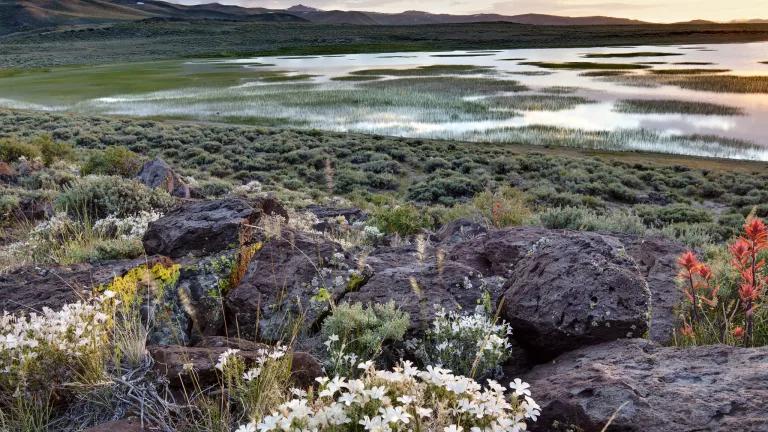Catastrophic Mining Disaster in Brazil: The Tragic Aftermath Confirms Worst Fears about the Proposed Pebble Mine
Nine people are confirmed dead and 19 remain missing after what's been described as a "slow-motion environmental catastrophe" in Brazil following the collapse of two mining dams.
Tailings dam failures at an iron-ore mine owned by Samarco Mineração SA - a joint venture between two of the world's biggest mining companies, Australian BHP Billiton and Brazilian Vale SA - resulted in a toxic mudslide that swept away the entire town of Bento Rodrigues. The sludge - filled with arsenic, zinc, copper and mercury - has polluted the river and water supply of hundreds of thousands of residents.
The result: a dead-zone. "Much of the aquatic life along a 500km stretch of the river" is gone.
President Dilma Rousseff described the mining failure as "possibly the biggest environmental disaster to have impacted one of the major regions of our country."
Comparing the damage to the 2010 oil spill by BP in the Gulf of Mexico, Brazil's Environment Minister Izabella Teixeira called it an "environmental catastrophe."
And Marilene Ramos, president of Brazil's federal environmental agency, described it as "a tragedy of enormous proportions" with "thousands of hectares of protected areas destroyed and the total extinction of all the biodiversity along this stretch of the river."
"Environmental catastrophe," "biggest environmental disaster," "tragedy," and "total extinction of all the biodiversity": these are the worst fears of those opposed to the massive Pebble Mine, proposed at the salmon-rich headwaters of Bristol Bay, Alaska.
President Obama described Bristol Bay as "one of America's greatest national treasures." It is home to the world's largest wild salmon fishery - a sustainable industry that produces half of the world's supply of sockeye salmon, $1.5 billion annually, and 14,000 jobs.
The salmon are both the economic and ecological linchpin of the region, supporting Alaska Native subsistence culture that has thrived for millennia. The salmon also support a wide array of wildlife, from bears and eagles to seals and whales.
Threatening these pristine salmon-rich waters is the proposed Pebble Mine - a giant gold and copper mine that would produce up to 10 billion tons of mining waste, which would need to be stored forever at the headwaters of Bristol Bay's famous salmon runs. Giant earthen dams - some over 700 feet tall - would store Pebble Mine's toxic waste... all in an active earthquake zone.
Crazy?
Not according to the Pebble Partnership, which claims it can build a safe mine with "modern engineering."
But as the Brazilian mining tragedy confirms, modern engineering is not fail-safe and accidents do happen.
The result - "environmental catastrophe," "disaster" and "tragedy" - are not just worst-case scenarios. It is a matter of certainty according to the EPA, which conducted a three-year, twice-peer reviewed scientific study of potential large-scale mining impacts on the Bristol Bay watershed and concluded that a tailings dam failure in Bristol Bay would be "catastrophic."
Let's learn from our mistakes.
There are some places too special to mine. Bristol Bay is one of them.
Bristol Bay is the wrong place to risk catastrophe and tragedy, and it is the wrong place for the Pebble Mine.
Click here to stop the Pebble Mine.




